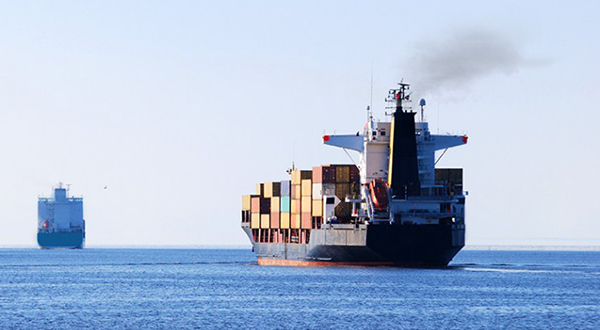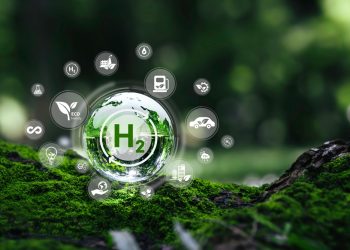EMSA held a two-day workshop on Emission Abatement Methods on 14-15 October, gathering 46 participants from 22 EU countries and one EFTA country.
The workshop offered the opportunity to exchange experiences in using alternative means of compliance. The main topics addressed included: the environmental impact of EAMs; the approval process; inspections and enforcement; alternatives to Exhaust Gas Cleaning Systems.
Various scenarios involving ships with EAMs on board were analysed and the best course of action for competent authorities identified. EMSA’s continued support, in particular in preparing relevant guidance notes, was also encouraged.
The following Emissions Abatement Methods (EAMs) and alternative fuels may be considered as an alternative to using marine fuel meeting the requirements (see flowchart below):
– mixtures of marine fuel and boil-off gas (BOG) (in the case of LNG carriers),
– Exhaust Gas Cleaning Systems (EGCS) (commonly known as ‘scrubbers’),
– Biofuels (and mixtures of biofuels and marine fuels), or –
other Alternative Fuels (e.g. LNG, Methanol).
On a ship that uses an EAM to meet the requirements, the sulphur inspection should be limited to determining whether the ship:
- has received an appropriate approval for using an EAM (approved, under trial or being commissioned), and
- is using the EAM for all fuel combustion machinery on board
Learn more by reading EMSA’s Sulphur Inspection Guidance
(please click on the flowchart for a larger view)
Source: EMSA
In the start, I was outspoken with you propecia before and after has changed my subsistence. It has become much more fun, and now I have to run. Just as it is fabulous to sit.


































































